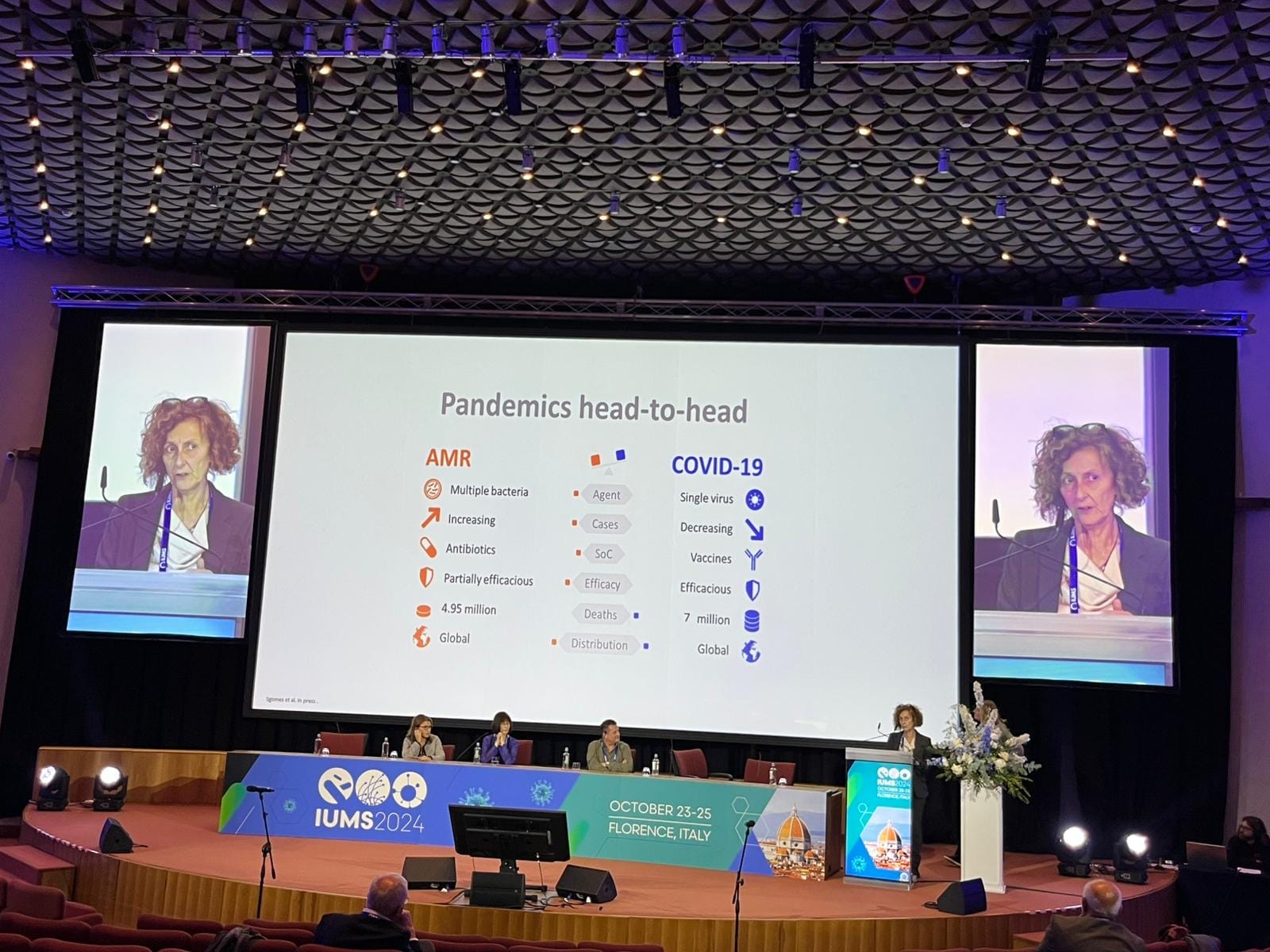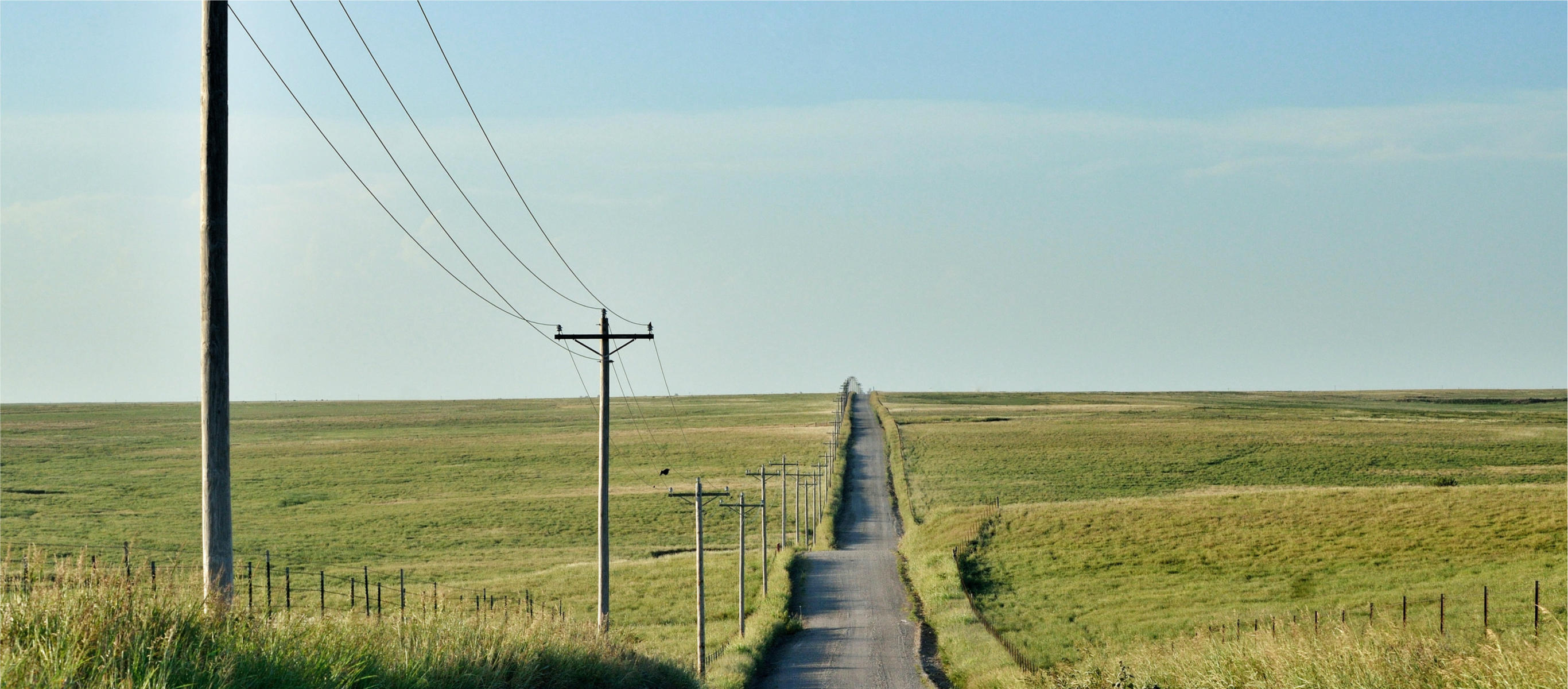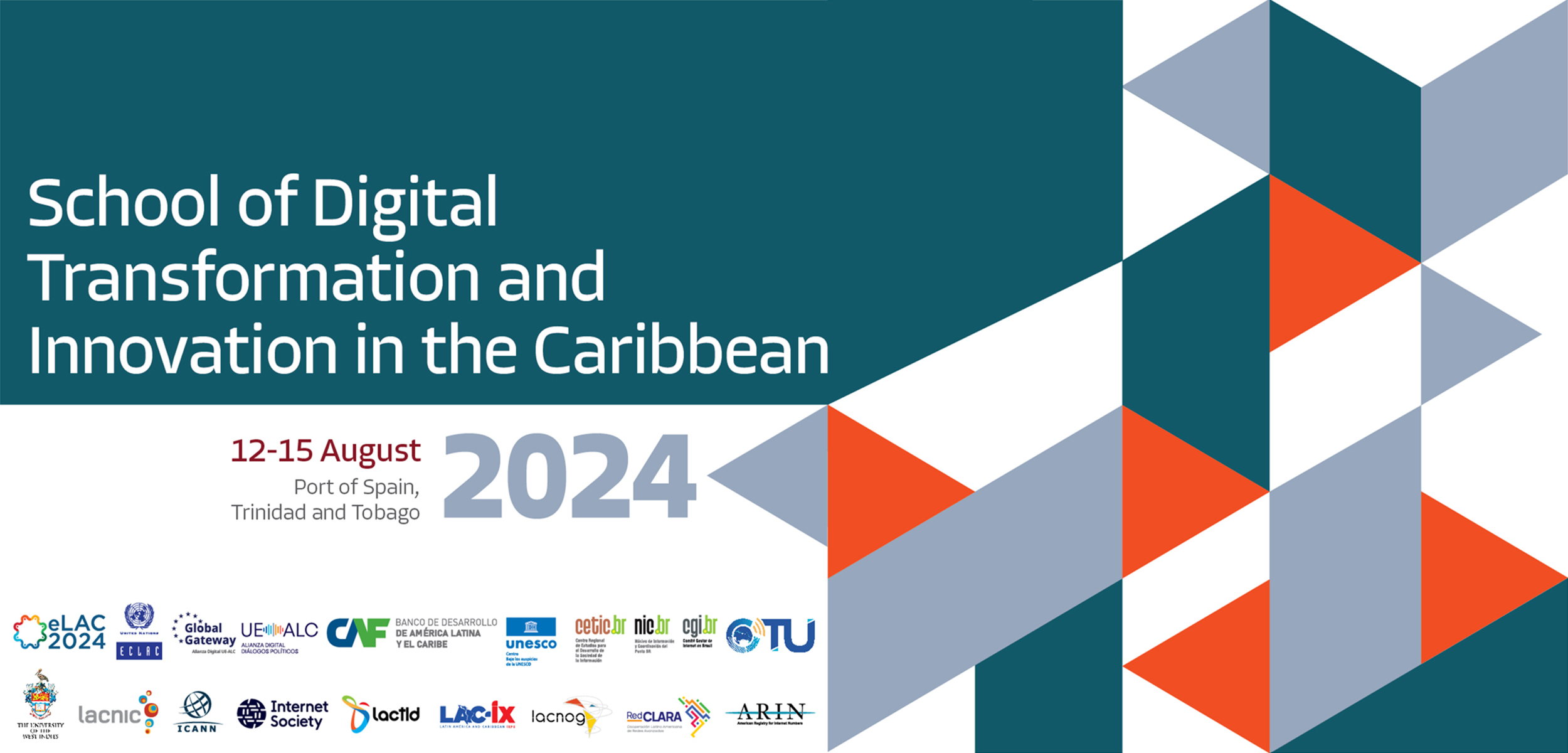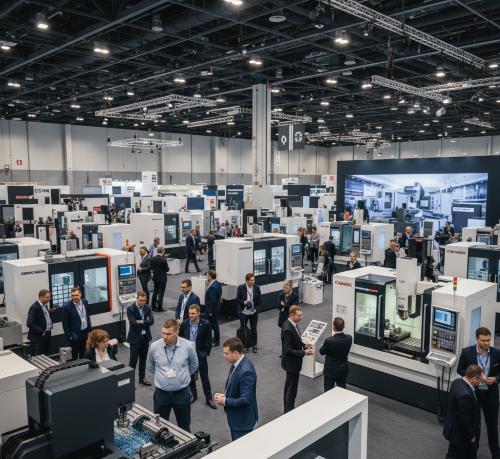
Alternative Fuels, Green Steel, and Renewable Energy for Greenhouse Gas Emissions Reduction in Vessels
A study conducted by LR, Knutsen, HDKSOE, and HHI Joint Development Project (JDP) has revealed that alternative fuels, green steel, and renewable energy are crucial for reducing greenhouse gas (GHG) emissions throughout the life cycle of a vessel.
The Study
The six-month study, which started in June 2023, focuses on measuring carbon emissions generated from the extraction of raw materials to shipbuilding, operation, and demolition of a 174,000 m3 newbuild LNG Carrier.
Emissions Reduction
Research from the joint development project (JDP) indicates that the majority of emissions occur during the operational period of a vessel’s life cycle. However, these emissions can be reduced by approximately 90% through the use of zero- or low-carbon fuels.
Of the total emissions, 79% of GHG emissions are generated during ship operations (tank-to-wake), while 21% are attributed to mining and transport (well-to-tank) of the fuels. This highlights the significant positive impact of low- or zero-carbon fuels on emissions reduction.
Green Steel and Renewable Energy
The study also reveals that GHG emissions during the shipbuilding stage can be significantly reduced by introducing green steel, which has low or zero GHG emissions during the manufacturing process. Additionally, the use of renewable energy at the yard level could lead to a GHG emissions reduction of around 60%.
Scope of the Study
The study considers all emissions (scope 1, 2, and 3) associated with the vessel throughout its life cycle. Scope 1 emissions are direct emissions during shipbuilding and operation. Scope 2 emissions are indirect emissions related to energy, water, and steam. Scope 3 emissions encompass indirect emissions created both upstream and downstream, including production, transport, storage, and recycling processes.
Significance of the Study
LR Chief Commercial Officer Andy McKeran states that this JDP study is an industry first for shipping and aligns with the evolving IMO regulations. The methodology developed in this study will serve as a benchmark for comparing the life cycle emissions of other LNG carriers.
Knutsen Director of Newbuilding and Innovation Jarle Østenstad emphasizes the importance of this study in meeting upcoming sustainability reporting requirements for ship owners. The analysis brings owners closer to disclosing their Scope 3 emissions and outlining mitigation strategies.
HDKSOE and HHI Senior Managing Director Yong-Hwa Yeo highlights the need for technological readiness in transitioning to low and zero-carbon fuel alternatives for ships. The study’s insights will guide further measures for mitigating greenhouse gas emissions throughout the entire value chain.
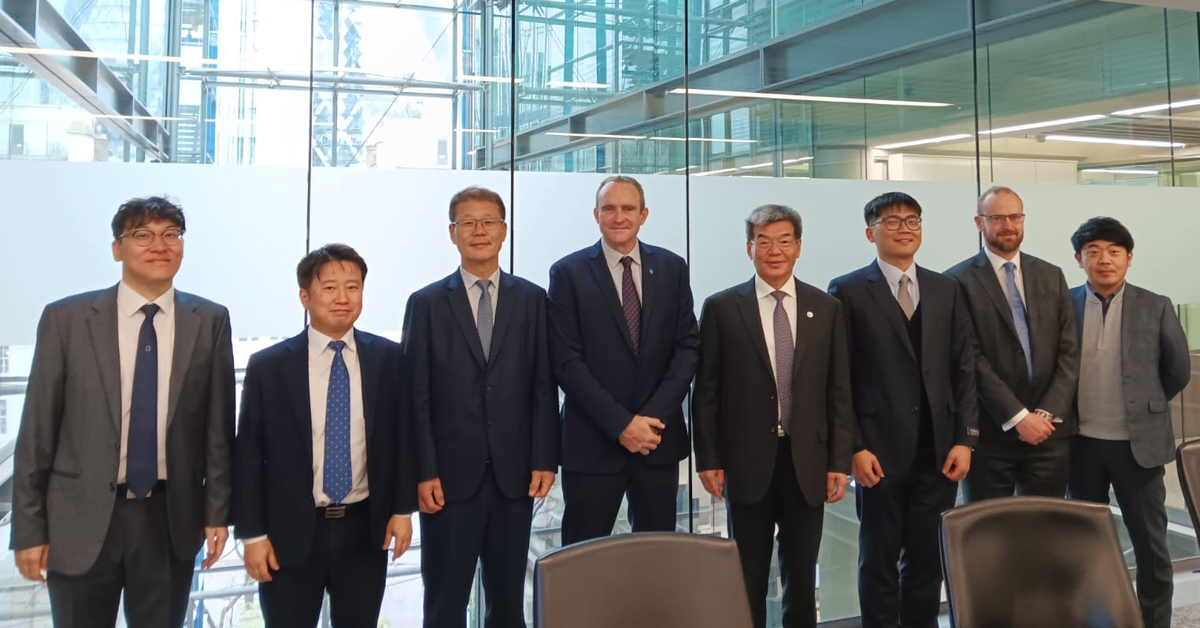
SDGs, Targets, and Indicators
1. Which SDGs are addressed or connected to the issues highlighted in the article?
- SDG 7: Affordable and Clean Energy
- SDG 9: Industry, Innovation, and Infrastructure
- SDG 12: Responsible Consumption and Production
- SDG 13: Climate Action
2. What specific targets under those SDGs can be identified based on the article’s content?
- SDG 7.2: Increase substantially the share of renewable energy in the global energy mix.
- SDG 9.4: Upgrade infrastructure and retrofit industries to make them sustainable, with increased resource-use efficiency and greater adoption of clean and environmentally sound technologies and industrial processes.
- SDG 12.2: By 2030, achieve the sustainable management and efficient use of natural resources.
- SDG 13.2: Integrate climate change measures into national policies, strategies, and planning.
3. Are there any indicators mentioned or implied in the article that can be used to measure progress towards the identified targets?
- Indicator for SDG 7.2: Proportion of total final energy consumption from renewable sources.
- Indicator for SDG 9.4: CO2 emissions per unit of value added.
- Indicator for SDG 12.2: Material footprint, material footprint per capita, and material footprint per GDP.
- Indicator for SDG 13.2: Number of countries that have communicated the establishment or operationalization of an integrated policy/strategy/plan which increases their ability to adapt to the adverse impacts of climate change, and foster climate resilience and low greenhouse gas emissions development in a manner that does not threaten food production.
SDGs, Targets, and Indicators
| SDGs | Targets | Indicators |
|---|---|---|
| SDG 7: Affordable and Clean Energy | Increase substantially the share of renewable energy in the global energy mix. | Proportion of total final energy consumption from renewable sources. |
| SDG 9: Industry, Innovation, and Infrastructure | Upgrade infrastructure and retrofit industries to make them sustainable, with increased resource-use efficiency and greater adoption of clean and environmentally sound technologies and industrial processes. | CO2 emissions per unit of value added. |
| SDG 12: Responsible Consumption and Production | By 2030, achieve the sustainable management and efficient use of natural resources. | Material footprint, material footprint per capita, and material footprint per GDP. |
| SDG 13: Climate Action | Integrate climate change measures into national policies, strategies, and planning. | Number of countries that have communicated the establishment or operationalization of an integrated policy/strategy/plan which increases their ability to adapt to the adverse impacts of climate change, and foster climate resilience and low greenhouse gas emissions development in a manner that does not threaten food production. |
Behold! This splendid article springs forth from the wellspring of knowledge, shaped by a wondrous proprietary AI technology that delved into a vast ocean of data, illuminating the path towards the Sustainable Development Goals. Remember that all rights are reserved by SDG Investors LLC, empowering us to champion progress together.
Source: lr.org

Join us, as fellow seekers of change, on a transformative journey at https://sdgtalks.ai/welcome, where you can become a member and actively contribute to shaping a brighter future.

